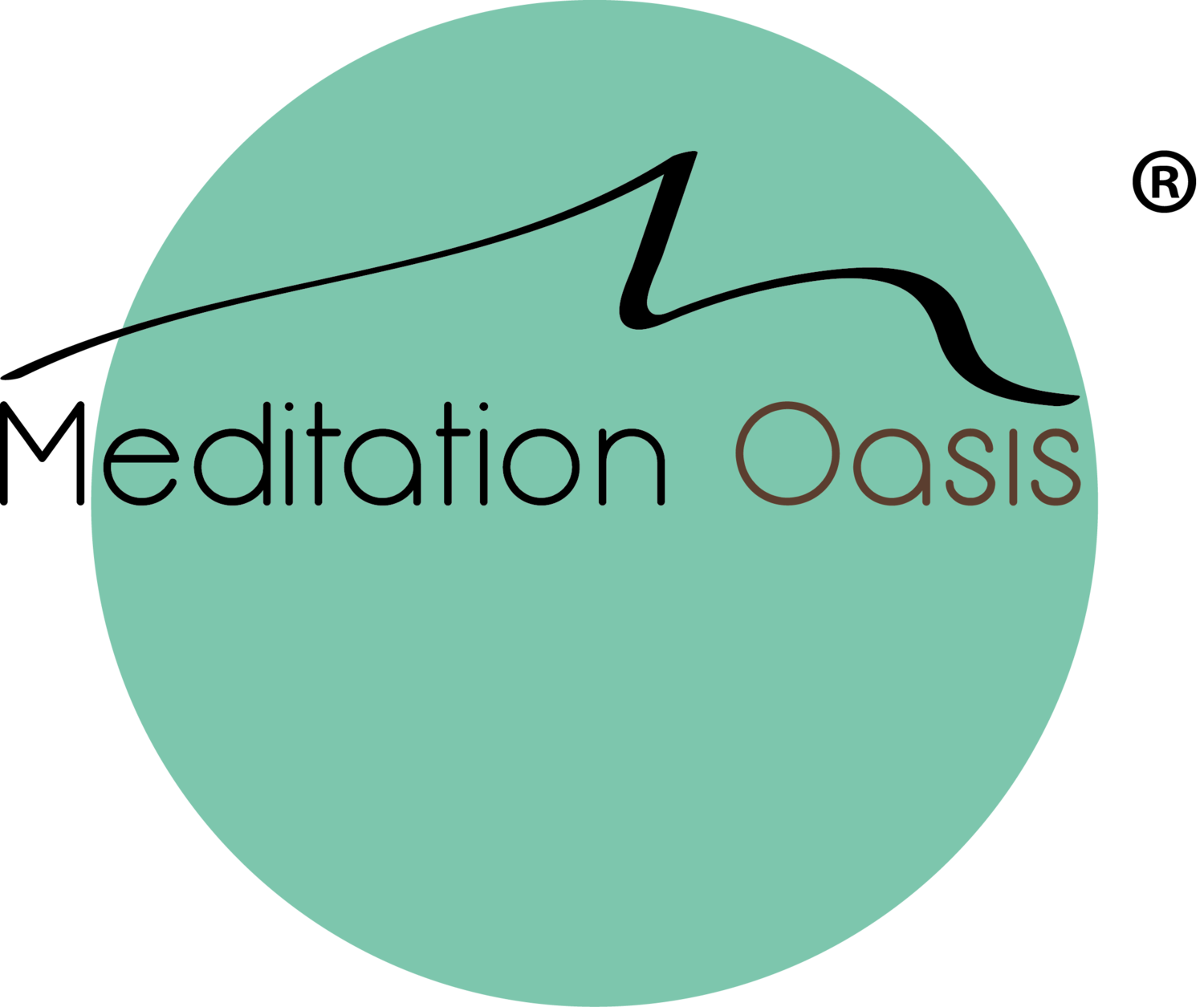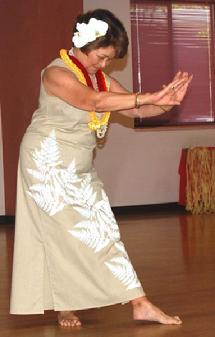Do your thoughts start to run wild after a stressful situation has triggered fear and anxiety? Do you feel like you're on a runaway train, thoughts running in all directions making you more and more anxious? What can you do to apply the brakes to this "anxiety-worry spiral"?
The key ingredients to dealing with anxiety are allowing it to be present, letting go of the worry thoughts that fuel it, and re-directing your attention. All of these elements play a part in this latest podcast meditation, SOS Meditation for Anxiety. It gently encourages you to let go of the thoughts that are fanning the flames of anxiety, and use the breath to guide the mind and body to a relaxed, calm place.
Allowing -- What we resist persists, when it comes to anxiety or any other emotion. You can think of emotions as a movement of energy, or even a chain of chemical reactions, in the body. Trying to push anxiety out or run away from it is like putting a dam in a river. It stops the flow. The water can't go anywhere. By allowing the anxiety to be there, it is allowed to run its course.
Letting go of worry thoughts -- Fear is a signal that there is danger. When we feel anxious, even when there isn't a true threat present, the mind gets busy trying to understand what is happening and what to do. Without any obvious basis for the fear, the mind can go wild with worry thoughts and these thoughts make the fear even stronger. Letting go of these thoughts is essential to allowing the anxiety to pass.
Re-directing attention -- At the same time that anxiety is allowed to be present, we can direct our attention elsewhere. This is a subtle point: we are not resisting anxiety but rather "favoring" something else. In the case of this meditation, that something else is the breath. The meditation encourages you to pay attention to the breath. The pleasant, soothing rhythm of the breath and awareness of how the body feels as you breathe provides a calming focus for the mind.
Although this meditation can be used anytime you are anxious, it was especially designed for our new Meditation Rx Relief for Patients & Families app. Although the app has guided meditations specifically for use with medical situations and settings, most of the meditations can be used in other situations as well.


